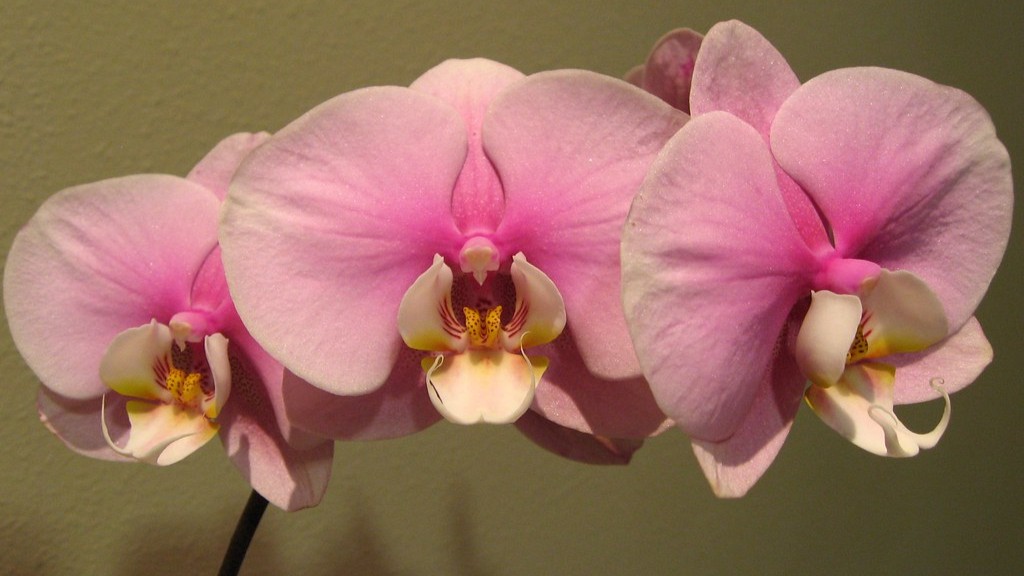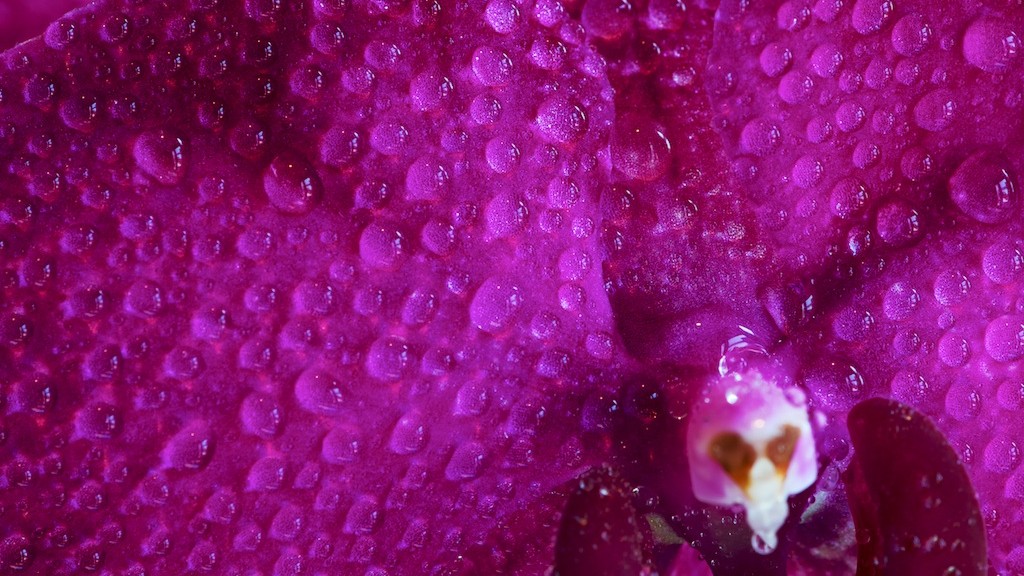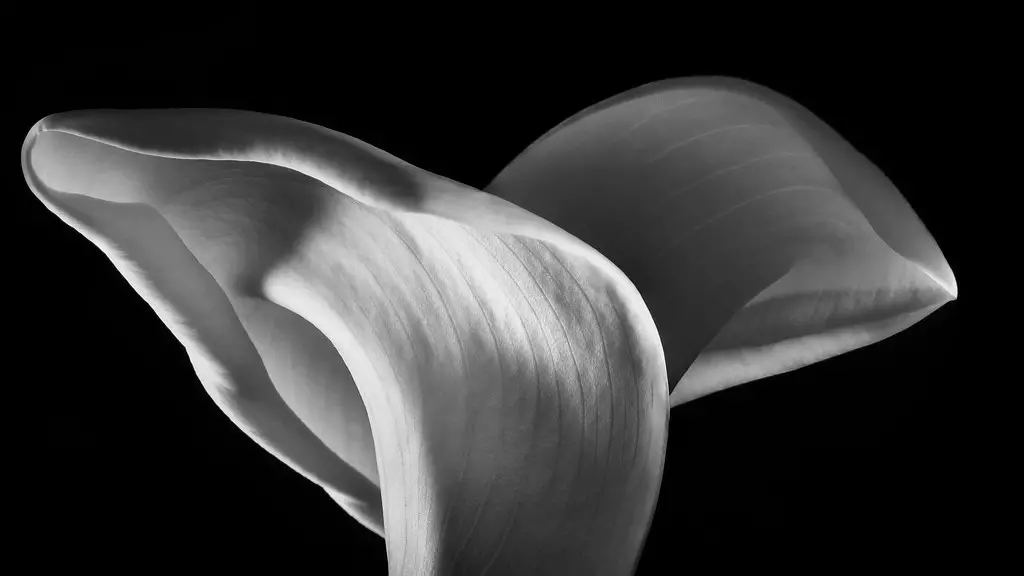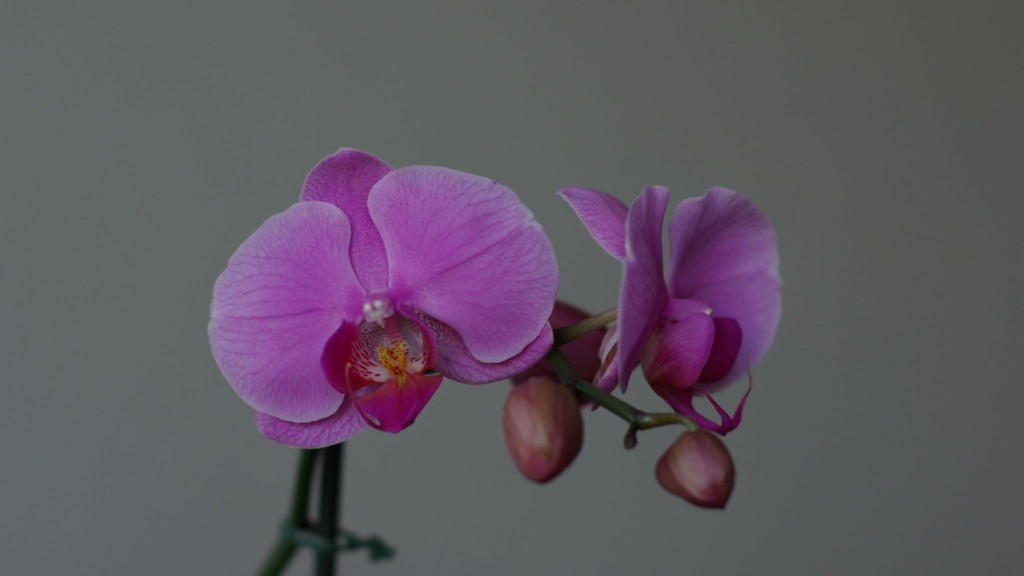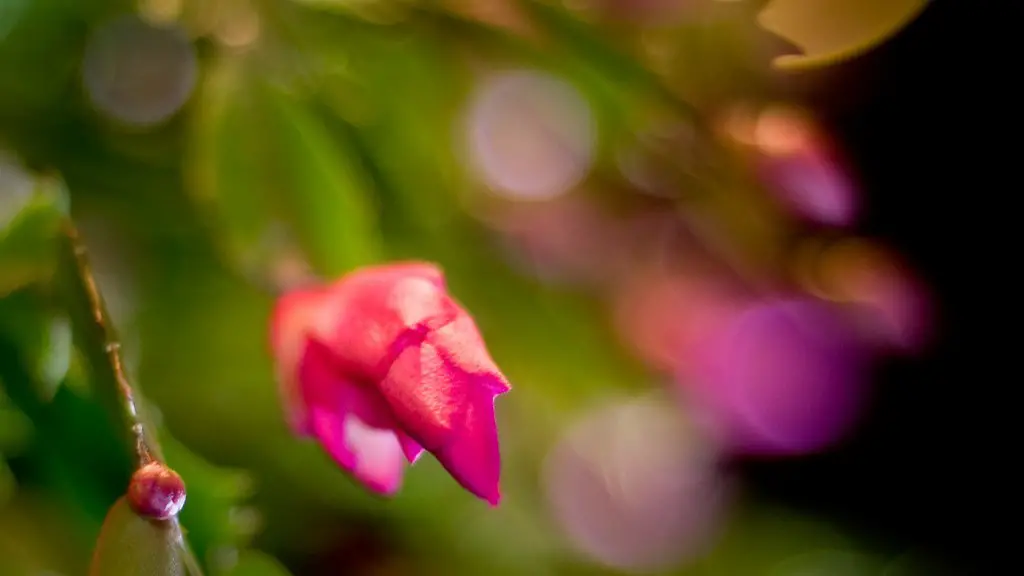When it comes to orchids, phalaenopsis orchids are some of the easiest to care for, making them a popular choice for first-time orchid growers. However, even with proper care, these delicate flowers can sometimes start to wilt and die. If you find yourself in this situation, fear not! With a little bit of effort, you can almost always save your phalaenopsis orchid.
Water your orchid regularly, making sure to never let the potting mix dry out completely. Phalaenopsis orchids grow best in bright, indirect sunlight. Fertilize your orchid every two weeks with a half-strength Balanced (20-20-20) water-soluble fertilizer. To save a phalaenopsis orchid, make sure to water it regularly and fertilize it every two weeks.
Can you revive a phalaenopsis orchid?
If your orchid has lost all its leaves, it is most likely dead and there is no coming back for it. However, if it still has leaves, there is a chance that you can revive it. It will take time and patience, as orchids can be slow to bounce back. Rooting hormones may help speed up the process, but in many cases, you’ll just have to wait and see.
As long as your orchid retains its green stem and healthy roots, it will bounce back from dormancy and resume its active growing season when temperatures warm. Keep an eye on the roots and make sure they remain healthy, as this is key to the plant’s recovery.
How do you save a struggling orchid
If you suspect that your orchid’s roots are contaminated, it’s important to take action right away. Remove the orchid from its pot and inspect the roots. If they are mushy and brown, the plant is unfortunately too far gone and can’t be saved. This is a disappointing situation, but don’t worry – you can always get another one and try again!
If you notice that your orchid’s leaves are beginning to look small, or that the plant isn’t producing as many bloom stems as it used to, it’s possible that the plant is dehydrated. In order to revive your orchid, you’ll need to water it carefully and consistently, and also provide it with a light fertilizer. With a little TLC, your orchid should soon be back to its healthy self!
How do you revive a dying Phalaenopsis?
Orchids are one of the most popular flowering plants in the world, and they can make a great addition to any home. However, they can be a bit finicky, and they sometimes need a little extra care to stay healthy. If you notice that your orchid plant is looking a bit unhealthy, one of the best things you can do is repot it in some fresh growing medium. This will give the plant a chance to start fresh and hopefully revive it back to good health.
If you see that your orchid’s bottom leaves are yellow and wilted, and its buds are falling off instead of opening, then it is dehydrated. Dehydration is a common problem with orchids, and can be caused by a variety of factors, such as too much sun, too little water, or too much heat. If you suspect that your orchid is dehydrated, the best course of action is to water it thoroughly and then place it in a shady spot out of direct sunlight.
What does a dying orchid look like?
If you see any of the following signs, it is likely that your plant is dying:
-Mushy roots
-Yellow leaves that are faded or blotchy
-Dropped leaves
-It is not as evergreen as always
If you’re not sure whether or not your orchid is dead, there are a few telltale signs to look for. First, check the crown and roots. If the crown is brown and mushy, it’s likely that the orchid is dead. However, if the roots are green or white and plump or firm to the touch, the orchid is probably just resting. Another sign of a dead orchid is yellow or brown leaves. If you see any of these signs, it’s best to dispose of the plant.
Can an orchid come back after losing all leaves
Orchids are one of the most beautiful and popular flowers in the world. They are known for their delicate beauty and long-lasting blooms. While it is true that orchids can rebloom on the same old flower spike, it is also possible to promote bushy and lush foliage by cutting the old bare flower spike back to a node.
The crown is the topmost part of the tree, and the roots are the part of the tree that extend deep into the ground. When you pour water directly into the crown, you’re providing water directly to the roots, which is the best way to water a tree. The roots will absorb the water and help keep the tree healthy.
What does an orchid look like when it needs to be repotted?
If you see your orchid pushing the plant up above the rim of the pot or reaching out into the air, it’s a sure sign that it’s time to re-pot. Orchids prefer a small pot, weaving their roots through the compost as they grow. Eventually, they’ll run out of room and need a bigger pot.
Orchids are one of the most popular houseplants, and there are many different types that you can grow. One of the best things about them is that they will often grow new stems, even after being cut back. This means that you can Propagate a new plant from stem cuttings, or you can divide a cattleya’s rhizomes. You can also expect a flower spike to grow back after cutting it down when its blooms die.
How long does it take to bring an orchid back to life
If you’re waiting for your orchid to rebloom, there are a few things you can do to trigger the process. First, fertilize your orchid and then move it to a cooler environment where temperatures are between 55 to 65 degrees Fahrenheit. By doing this, you should see your orchid bloom for up to three months before it goes dormant for nine months.
The flowers on your houseplant may have wilted and died, but that doesn’t mean the plant is dead. With a little care, you can bring it back to life and enjoy its blooms once again. Here are a few tips:
-Make sure to fertilize the plant monthly or even every other week. A houseplant fertilizer or balanced fertilizer will do the trick.
-Be sure to water the plant regularly.
-Give it plenty of light, but not too much direct sunlight.
With a little love and attention, your plant will soon bloom again.
How long does it take for Phalaenopsis to bloom again?
Phalaenopsis orchids are lovely flowers that typically bloom for several months. You can pollinate the plant again during this period, and it will take anywhere from 9 to 14 months for the orchid to complete a life cycle. However, if the plant does not die, it can typically re-bloom once every 8 to 12 months. This is a stunning flower that is definitely worth the wait!
Phalaenopsis orchids should be watered when the roots are dry as well no matter when the leaves or media feel dry. Allow the water to run through the pot and out the drainage holes. If the leaves are wilted, this is a sign that the roots are already dry and the plant is stressed.
How long do Phalaenopsis live for
Phalaenopsis orchids are one of the most popular types of houseplants. They are relatively easy to care for and can bloom for several months at a time. Some people choose to discard their Phalaenopsis after they bloom, but with proper care, these plants can last for many years.
If you notice that the roots of your orchid are brown and mushy, as opposed to green or white and plump and firm, then this is a sure sign that your orchid has suffered root rot and is beyond saving. Similarly, if the crown connecting the leaves and roots is also brown and mushy, then this is also a sign that your orchid has suffered rot. If you notice either of these signs, it is best to dispose of your orchid immediately to prevent the spread of the rot to other plants.
Final Words
To save a phalaenopsis orchid, water it regularly and keep it in a cool, humid environment. If the plant starts to wilt, stake it up and cut off any dead leaves.
A phalaenopsis orchid can be a beautiful and long-lasting addition to your home, but taking care of one can be tricky. Here are some tips on how to save a phalaenopsis orchid:
– water your orchid regularly, but make sure the potting mix is never soggy
– provide bright, filtered light
– fertilize monthly during the growing season
By following these tips, you can keep your phalaenopsis orchid healthy and blooming for years to come.
